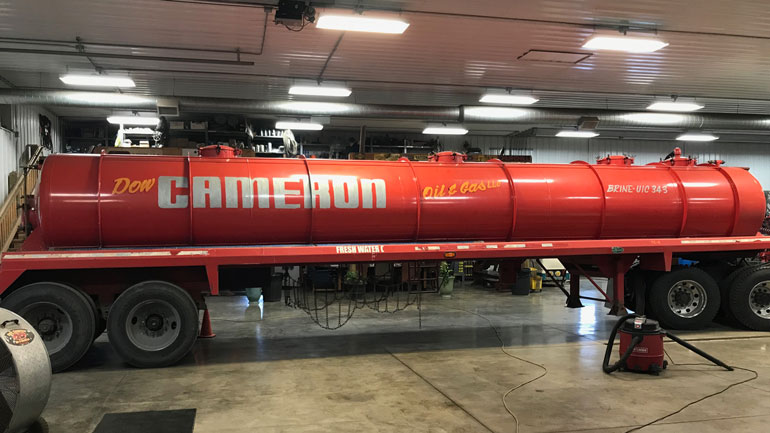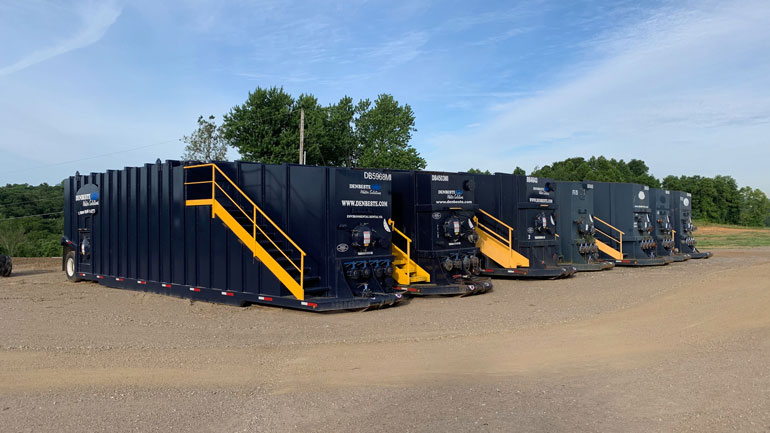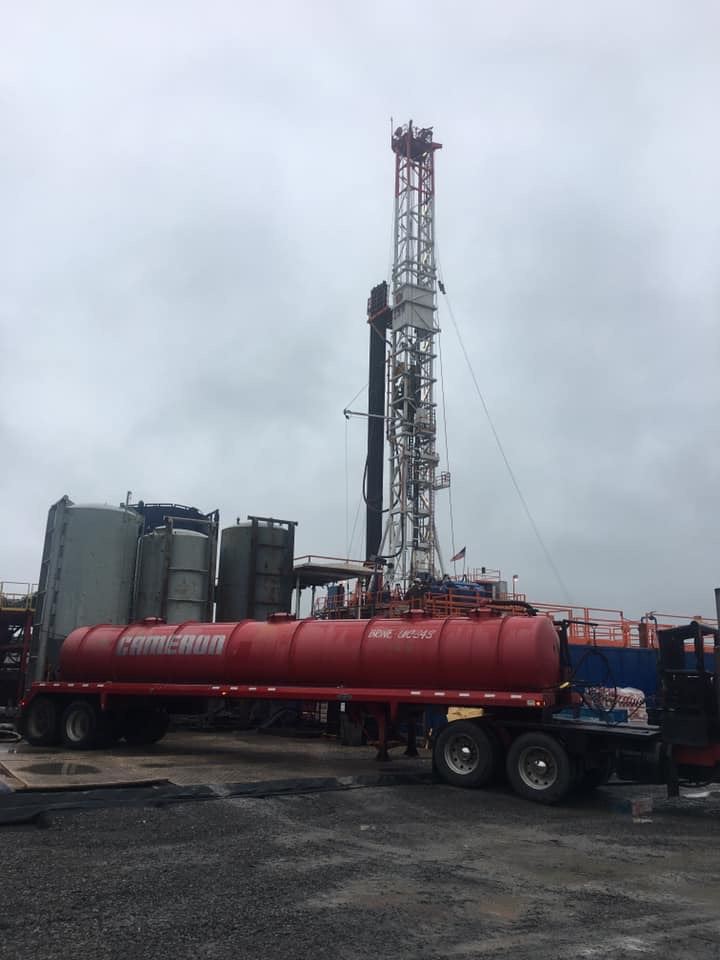Current employee they treat their men with respect. Very good company to work for.
Dan Thompson
 Oilfields need fresh water to operate efficiently, when it’s for drilling and recovery. No matter what the reason, Dow Cameron can help you by supplying clean fresh water.
Oilfields need fresh water to operate efficiently, when it’s for drilling and recovery. No matter what the reason, Dow Cameron can help you by supplying clean fresh water.
Many drilling jobs cannot be completed without fresh water. Oilfield companies must rely on a trusted choice to supply their jobsite with fresh, clean water.
One key component of the oilfield service industry is hydraulic fracturing fluid or saltwater disposal, commonly referred to as SWD. Operators are responsible for the disposal of flowback water, produced water and hydraulic fracturing fluid (“frac fluid”) – creating vast potential liabilities for the fast moving majors in the industry. In layman terms, the saltwater produced from the drilling and expansion of wells has to go somewhere. If the saltwater and drilling fluids are improperly disposed, the responsibility falls squarely upon the producer of said water.
 Saltwater wells have virtually unlimited disposal capacity, providing for continuous revenue generation.
Saltwater wells have virtually unlimited disposal capacity, providing for continuous revenue generation.
During the completion phase of an oil/gas well, fresh water is used to fracture the shale formation. A typical multi-stage frac process uses at least 100,000 barrels of fresh water. When this water “flows back” it is salty and must be transported away from the drilling site and disposed of in a permitted disposal well. The need for disposal of flow-back water occurs only during the drilling of a new well, however flow-back water disposal is often the second-largest expense of drilling a new well.
Water that comes to the surface during the normal oil or gas production process is naturally occurring briny water that is generated from deep within the earth along with the oil and gas. The need to dispose of “produced water” is on-going and continues throughout the life of the oil/gas well. Servicing this disposal need produces recurring revenues, frequently on a daily basis. Produced water disposal is usually the largest lease operating expense of a producing well.
Services
Testimonials
Current employee they treat their men with respect. Very good company to work for.
Dan Thompson
